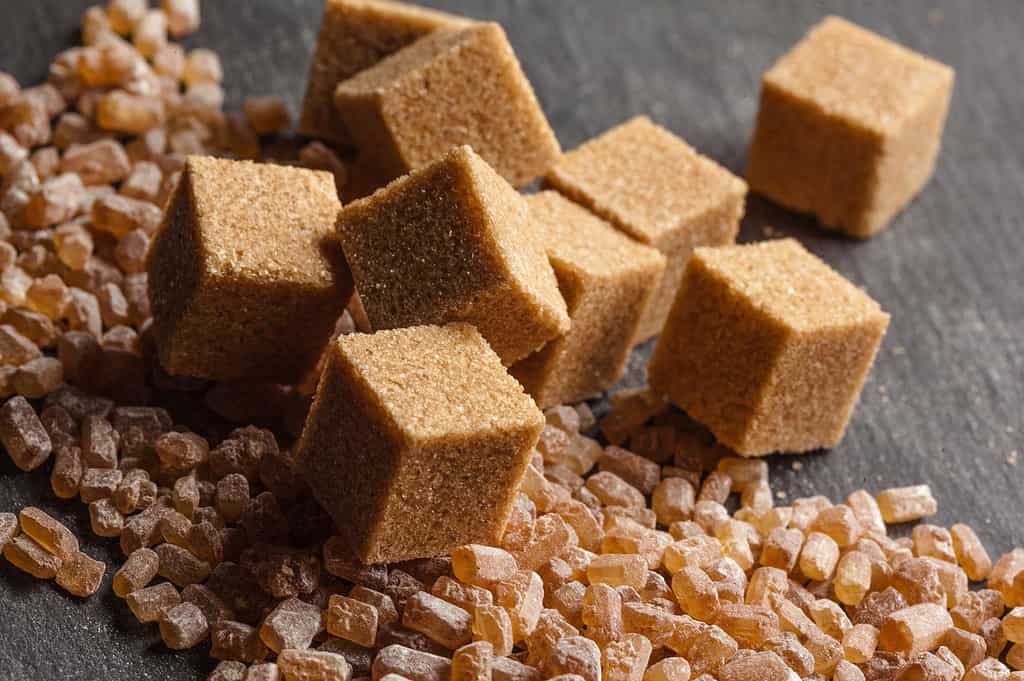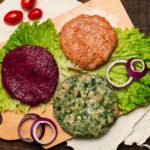
Stephanie Glass
(BFoodTech, DipBusL7, CHLC, MBP)
Sugar is widely used amongst processed foods and plant-based products are not the exception.
Sugar is the generic name for the group of simple carbohydrates made of units called saccharides. This group includes:
- Monosaccharides (made of one saccharide) – glucose, fructose, galactose
- Disaccharides (made of two saccharides) – lactose, sucrose, maltose.
- Sugar alcohols or polyols – xylitol, sorbitol, mannitol.[1]
All of these molecules have sweetening properties and are used extensively in the food industry.
Given the variety of sugars that can be sourced and used, it can become confusing when reading a label if we are unaware of the different names they have.
In this article, the different sources and names will be categorised for a clearer understanding.
Role of sugar in food production
Sugar has multiple applications in food technology and is not only used as a sweetener. Some other uses include
- flavor enhancing
- extending shelf life
- browning
- texture

Apart from the technological solutions sugar provides, another reason why sugar is used excessively in the food industry is because it is a cheap ingredient that can be obtained from multiple sources.
Sources of sugar
Depending on a product’s ingredients, some sugars are naturally occurring while others are added.
This is what creates the grey area as some ingredients are now used as sugar substitutes because of the high amount of naturally occurring sugars in them.
The segregation of natural sugars and added sugars has caused another area of confusion.[2] Chemically, both types of sugars are the same and metabolically, they have the same effect.
A product that contains natural sugars is healthier
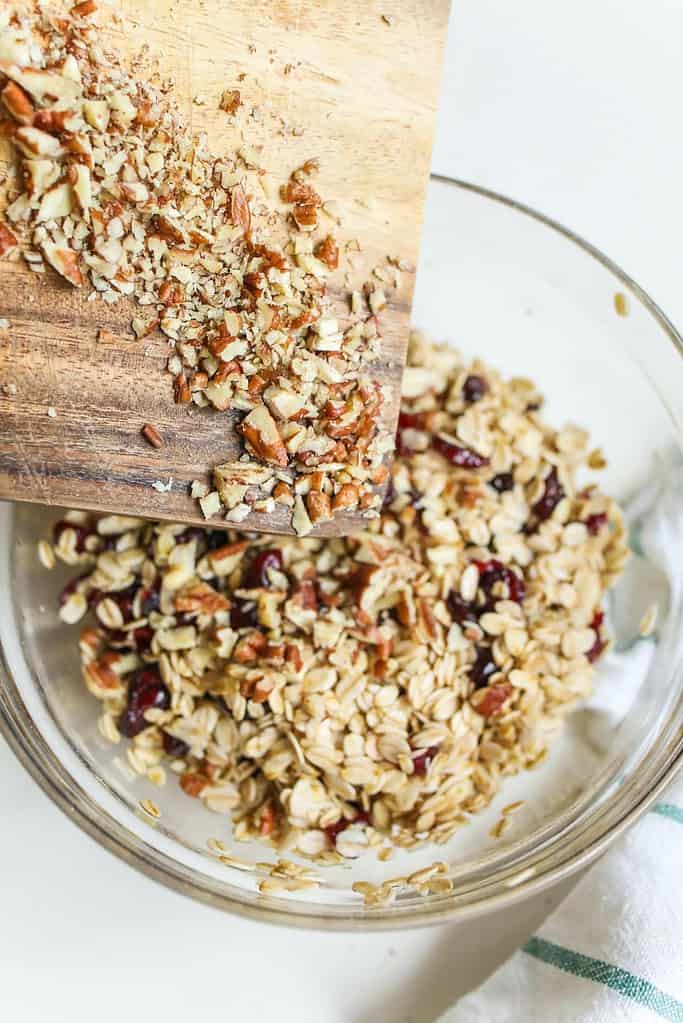
If we look at a granola that has dried fruit in it and compare it with one that has nuts and seeds only, we might observe that the total amount of sugars are similar, but the dried fruit granola will have more naturally occurring sugars, while the nut and seed variety will have more added sugars.
If all the other nutritional values are similar, then both granola varieties will have the same metabolic effect in our body.
Using fruit juice pulp, juices or concentrates are a way of adding sugar to a product that is considered natural.
Ingredients that naturally contain sugar are fruits
Cane sugar
Cane sugar is the most extensively used source of sugar and can be found under multiple names, such as
- white sugar
- brown sugar
- raw sugar
- icing sugar
- caster sugar
- invert sugar
- demerara sugar
Also, we have molasses, golden syrup and panela.
Though they have different names, all are essentially the same – pure sacarose with no nutritional value other than the simple carbohydrate.
Fruit as a source of sugar
Fruit is naturally high in fructose and can be used as a sweetener when it’s concentrated as pulp or juice concentrate.
Fruit is a source of sugar that can go under the radar when reading a product’s label as it is usually associated with a healthy ingredient. However, this might not be correct.
During the concentration process, water is evaporated and in some processes, fiber is removed and vitamins are damaged with heat.
This means that a concentrated form of fruit is very different from the fruit itself as it has a higher percentage of sugar and less nutrients.
Fruit concentrates (juice and powder)
In this process, fruit that is naturally high in sugars is submitted to a heat process in which water is evaporated to concentrate the amount of sugars, obtaining a very sweet juice or a powder.
Here, pulp is removed and fiber is lost. Some examples are pineapple, apple, date or grape concentrates.
Concentrates are mainly used in the beverage industry for sweetening and/or flavouring purposes, yet they can also be found in other foods. Some plant-based products contain beetroot juice concentrate, which is used for both color and sweetening.
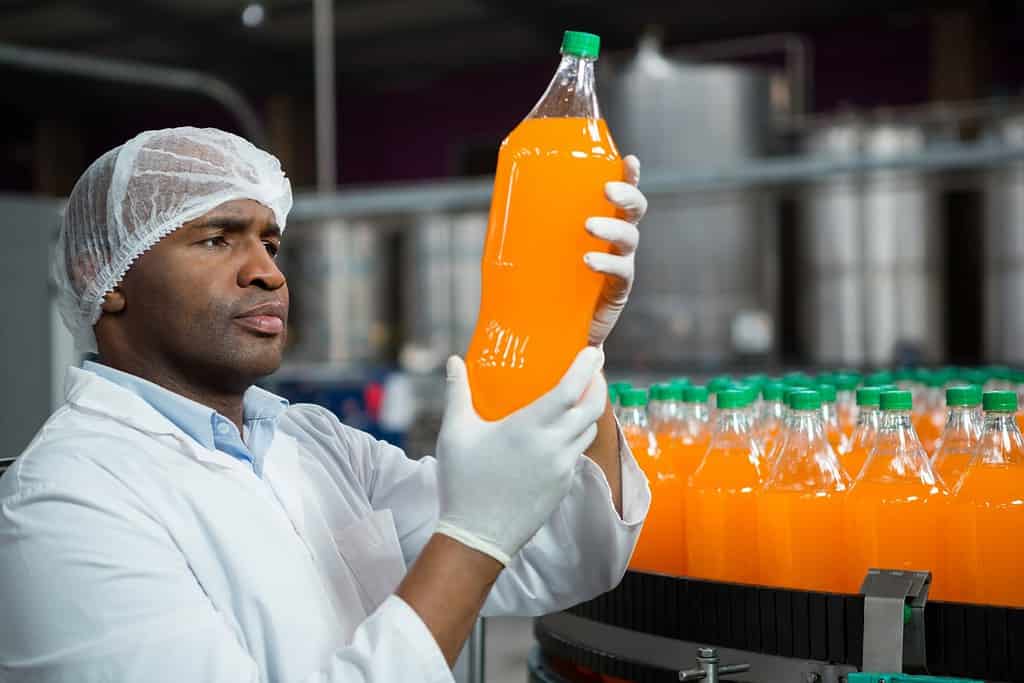
Fruit pulp
Fruit pulp is also obtained from evaporating water, but the difference with a juice concentrate is that the fruit is not previously filtered to remove the solid pulp and therefore the fiber is not lost.
Fruit pulp is mainly used for yogurts, ice creams and other desserts or sauces where the fruit texture wants to be conserved.
A word on fruit
Fruit is not bad. On the contrary, fruit is a source of multiple beneficial nutrients including enzymes, vitamins and fiber.
Daily fruit intake is part of a balanced diet. When consuming fruit, prioritise eating it whole and raw and immediately after cutting it as many vitamins and antioxidants are spoiled when they are in contact with air.
A good way to make sure that you are eating a wide variety of nutrients is to consume seasonal and local fruit, for example citric fruit in winter when we need vitamin C or watery fruit like melon in summer when we need hydration.
RELATED — Vitamin C (Immunity and Collagen booster)
When choosing your daily fruit serve, consider only fresh or frozen fruit and not conserves which have added sugars and have been submitted to processes that damage vitamins and antioxidants.
When fruit is imported, it is usually picked when still green and the nutrient profile is not as optimal as when in season and picked ripe.
Vegetables
Certain types of vegetables are naturally sweet and are used as naturally occurring sugars in a product.
Plant-based products like bean burgers and ready meals use
- sweet potatoes
- pumpkin
- beetroot
Beetroot can also be found as beetroot juice which is used in meat alternatives for coloring and/or sweetening.
Corn is highly processed to make glucose syrup and high fructose maize syrup (HFMS). In many processed foods, whether savory or sweet, these syrups are used extensively since corn is a cheap product.
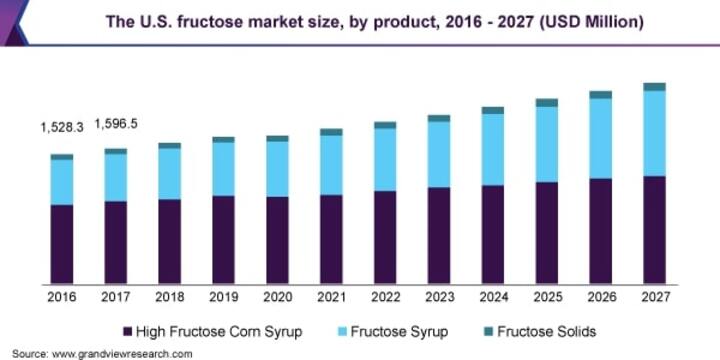
Most processed foods and beverages contain high fructose maize syrup
Because of the high fructose concentration and the widespread of products it is used on, HFMS is considered more harmful than table sugar.
Multiple studies show that the increased intake of fructose has negative physiological effects that can lead to increased blood pressure, triglycerides, cardiovascular disease risk, and the list goes on.[3]
Other sugar-based ingredients
Over the last few years, some products have opted for
- agave
- maple syrup
- honey
- coconut sugar
- brown rice sugar
Though these sweeteners contain larger amounts of micronutrients, or in the case of honey antibacterial properties, they are still sugars.
This means that if used in large quantities, they are as harmful as any other source of sugar when consumed excessively.
Many of these ingredients are used on products that are then marketed with claims like “100% natural” or “made with natural ingredients”.
“Natural” is not a synonym for healthy
Always pay attention to the type of ingredients, the processing and the nutritional table to assess how healthy a product really is.
What are the preferred types of sugar and which types should be avoided?
When comparing sources of sugar, there are 3 things to consider:
- type of sugar
- quantity of sugar (in the product)
- other nutrients present (in the product)
Fructose in any of its concentrated forms (including high fructose corn syrup and fruit concentrates) is best to be avoided, followed by processed sugars and syrups.

Much of research has been done on the addictive effects of sugar, and the direct impact on insulin and brain receptors.
RELATED — Diet and the Brain: Our brain on sugar
Same as fructose, simple sugars will have a similar effect, whether it is white refined sugar or organic agave syrup. What will make a difference is the amount of sugar present and the other nutrients included in the final product.
For example, an ultra processed cookie with no protein and fiber will have a faster sugar release compared to a cookie made with whole ingredients containing fiber, protein and healthy fats, despite both products having the same amount of sugar.
You should always aim for products with whole ingredients that contain fibre, protein and healthy fats, with a reduced quantity of sugar.
Avoid products that have sugar listed as top 3 ingredients
When cooking, always aim for ingredients that have naturally occurring sugars when cooking.
A word on fructose
Fructose is a simple sugar that is similar in structure to glucose but is metabolised differently in our body.
Fructose is twice as sweet as glucose
High concentrations of ingested fructose, especially when deprived from the natural matrix they come in (the whole fruit), can over time lead to
- insulin resistance
- fatty liver
- cardiovascular problems
- diabetes
Related Questions
1. What is a healthy amount of sugar in a product?
A product is considered high in sugar if it contains more than 15g of sugar per 100g of product and low if it has less than 5g of sugar.[4]
The World Health Organisation’s daily sugar intake recommendation is no more than 50g, this includes naturally occurring sugars.
Look for products that contain less than 10g of sugar per 100g of product and consider the portion size and all the other sources of sugar in your diet (fruit, vegetables, dairy, grains).
2. What are the top five types of sugar found in products?
The type of sugars that is extensively used in food products are
- high fructose corn syrup
- sugar/white sugar/granulated sugar/baker’s sugar
- glucose syrup/ corn syrup
- golden syrup/inverted sugar/light treacle
- brown sugar
3. What is added sugar?
Added sugar is any sugar that is put into a product.
Whether it is during the processing/cooking of a product or the sugar that you add to your coffee, these sugars are not naturally present in the product and that is why they are added.
4. Is sugar added to milk?
Sugar is not added to milk. Milk contains a naturally occurring sugar called lactose, and because it is naturally occurring it will not be listed in the ingredient list, but it will be seen on the nutritional panel under “total sugars”.
100mL of milk will approximately contain 5g of lactose, regardless of the fat content.[5]
Milk products however, especially milk-based drinks like milkshakes and chocolate milk, and yogurts do have added sugars and they will be declared on the label in the ingredient list.
If you are interested in learning more about the ingredients in plants-based foods, we suggest reading Carbohydrates in plant-based products: Are they natural or processed?
Stephanie is a qualified Food Technologist, Certified Holistic Life & Nutrition Coach and Mind-Body Practitioner based in New Zealand. She has experience in R&D, Food Safety and Quality Assurance.
Stephanie’s passion for health and wellbeing led her to study the connection between nutrition and food processing and has developed a deep understanding of nutrient quality and ingredients. She additionally immersed herself in studying the relationship between food and emotions, disease and mental health and believes in sharing her knowledge with people so they can make conscious decisions about their food choices and eating behaviors.
Stephanie’s personal journey has now taken her to guide people to reconnect to their purpose and lead meaningful lives, by integrating practices that combine mental, physical and spiritual health. She also delivers stress management and mindfulness workshops in workplaces. You can find out more about Stephanie here.
References
(1) Brouns, F. (2020). Saccharide Characteristics and Their Potential Health Effects in Perspective. Frontiers in Nutrition, 7, 75.
(2) SITNFlash. (5 October, 2015). Natural and Added Sugars: Two Sides of the Same Coin. Science in the News. https://sitn.hms.harvard.edu/flash/2015/natural-and-added-sugars-two-sides-of-the-same-coin/
(3) Moeller, S. M., Fryhofer, S. A., Osbahr, A. J., 3rd, Robinowitz, C. B., & Council on Science and Public Health, American Medical Association. (2009). The effects of high fructose syrup. Journal of the American College of Nutrition, 28(6), 619–626.
(4) Designed, S., developed by BLA Interactive Ltd, & Auckland. (n.d.). Sugar – how to cut down. Health Navigator New Zealand. Retrieved 13 February, 2023, from https://www.healthnavigator.org.nz/healthy-living/s/sugar-how-to-cut-down/
(5) FoodData Central. (n.d.). Retrieved 13 February, 2023, from https://fdc.nal.usda.gov/fdc-app.html#/food-details/171265/nutrients

